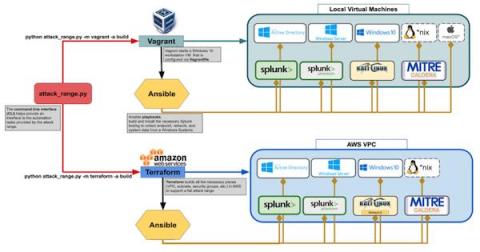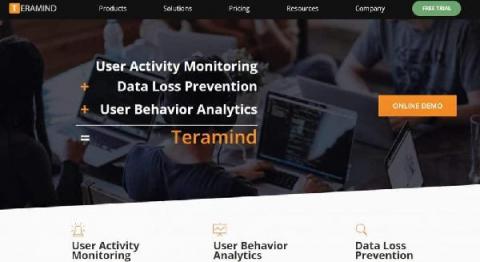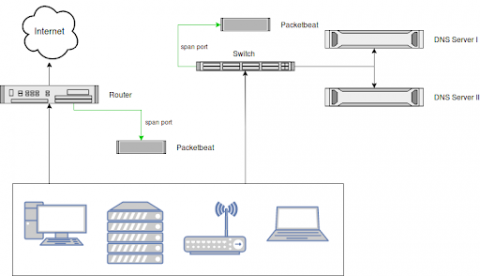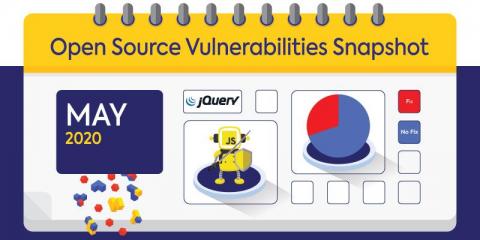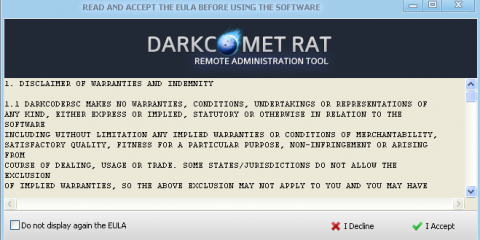Why Does Your Business Need Digital Forensic Tools?
While the real world of forensics is much different from your favorite primetime drama, it’s becoming an increasingly important field for the digital sphere. Cybercriminals leave a trace just like real-world offenders, so it’s important to use digital forensic tools that can identify, address, and resolve potentially fraudulent or harmful activities. Keep reading to learn more about digital forensics, and the tools your company needs to stay protected.



